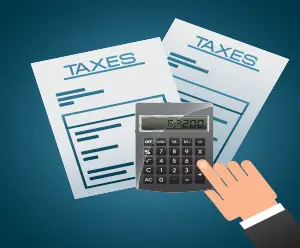
Understanding the IRS Substitute for Return
Click to ask Mike Ask Mike The Internal Revenue Service (IRS) Substitute for Return (SFR) is a term many taxpayers

Currently Not Collectible (CNC) is a status that the Internal Revenue Service (IRS) may grant to taxpayers who are facing financial hardship and are unable to pay their tax liabilities. When a taxpayer is classified as Currently Not Collectible, it means that the IRS has temporarily suspended collection activities against them. This status doesn’t eliminate the tax debt but provides relief by putting a hold on collections.
To qualify for CNC status, taxpayers must convincingly demonstrate significant financial hardship. The IRS evaluates various factors such as income, expenses, assets, and overall financial situation. This evaluation aims to ascertain whether the taxpayer is genuinely unable to meet their tax obligations due to economic constraints.
Taxpayers initiate the CNC application process by submitting Form 433-F, the Collection Information Statement. This comprehensive form requires detailed financial information, including income sources, monthly expenses, and asset details. The IRS reviews this information to determine whether the taxpayer qualifies for Currently Not Collectible status.
Upon submission of Form 433-F, the IRS assesses the financial data provided to decide whether the taxpayer meets the criteria for CNC status. If approved, the IRS temporarily suspends collection activities, including levies and wage garnishments. It’s crucial to note that CNC status is not a permanent solution but rather a temporary reprieve for those facing financial hardship.
Currently Not Collectible status is not a long-term resolution to tax debt. While in this status, taxpayers experience relief from immediate collection efforts, but the underlying tax liability remains. Interest and penalties continue to accrue on the outstanding debt, emphasizing the temporary nature of the CNC designation.
One significant aspect of CNC status is its interaction with the Collection Statute Expiration Date (CSED). The CSED represents a 10-year period during which the IRS can actively pursue the collection of a tax debt. If a taxpayer is granted CNC status, the CSED clock may still be running. However, the IRS typically cannot actively collect during this period, providing a temporary shield for the taxpayer.
While in Currently Not Collectible status, interest and penalties on the outstanding tax debt continue to accrue. It’s essential for taxpayers to recognize that the relief offered by CNC does not eliminate these additional financial burdens. Staying informed about the evolving interest and penalty accrual during the CNC period is crucial for managing future obligations.
Taxpayers in Currently Not Collectible status must fulfill certain obligations to maintain their relief. One key requirement is the timely filing of all tax returns. Failure to comply with filing requirements may result in the loss of Currently Not Collectible status, leading to a resumption of collection activities by the IRS.
While in CNC status, taxpayers may explore alternative options for resolving their tax debt. This could include negotiating a formal payment plan, pursuing an Offer in Compromise, or exploring other relief programs offered by the IRS. Selecting the most appropriate option depends on individual circumstances and financial considerations.
If the CSED expires while a taxpayer is in Currently Not Collectible status, the IRS may no longer have the legal authority to actively collect the debt. This results in the elimination of the taxpayer’s obligation to pay the outstanding amount once the statute of limitations has been reached.
In conclusion, Currently Not Collectible status serves as a temporary reprieve for taxpayers facing financial hardship. It offers relief from immediate collection efforts, but it’s essential to recognize the temporary nature of this designation. Understanding the interaction with the Collection Statute Expiration Date, monitoring obligations, and exploring options for resolving tax debt are critical components of a comprehensive approach to managing financial challenges with the IRS. As tax laws and regulations are subject to change, seeking the latest information from the IRS or consulting with a qualified tax professional is advisable for accurate and up-to-date guidance.
You can now ask our AI assistant any questions you have about your tax debt or any tax-related issues. Whether you’re unsure about payment plans, need clarification on penalties, or want information on how to resolve your tax situation. Our AI is ready to assist you with all your tax-related concerns.
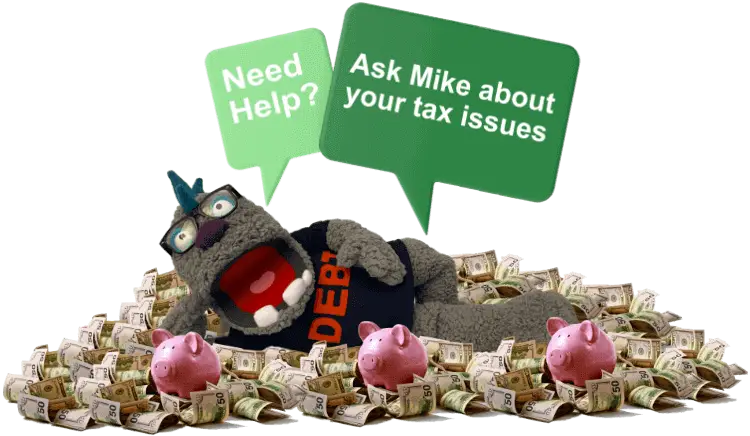
By interacting with our AI assistance, you agree to our terms & conditions. Enjoy our AI Tax Assistant responsibly.
Ask me any questions...
Related Posts

Click to ask Mike Ask Mike The Internal Revenue Service (IRS) Substitute for Return (SFR) is a term many taxpayers
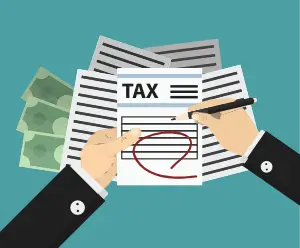
Click to ask Mike Ask Mike The Internal Revenue Service (IRS) Substitute for Return (SFR) is a term many taxpayers
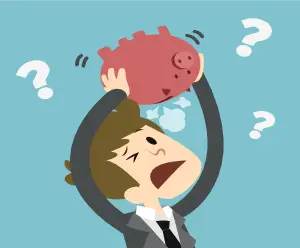
Click to ask Mike Ask Mike The Internal Revenue Service typically operates within a 10-year window, commencing from the
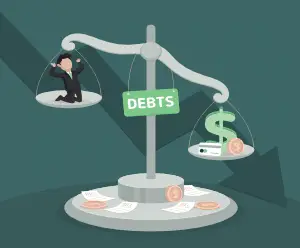
Click to ask Mike Ask Mike The Internal Revenue Service (IRS) operates within specific timeframes dictated by statutes of limitations
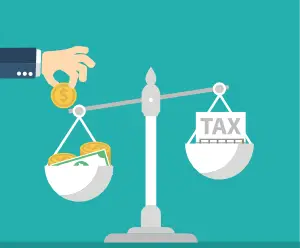
Click to ask Mike Ask Mike understanding the ins and outs of the 10-year statute of limitations (SOL) is essential.
Recent Posts

Click to ask Mike Ask Mike The Internal Revenue Service (IRS) Substitute for Return (SFR) is a term many taxpayers

Click to ask Mike Ask Mike The Internal Revenue Service (IRS) Substitute for Return (SFR) is a term many taxpayers

Click to ask Mike Ask Mike The Internal Revenue Service typically operates within a 10-year window, commencing from the

Click to ask Mike Ask Mike The Internal Revenue Service (IRS) operates within specific timeframes dictated by statutes of limitations

Click to ask Mike Ask Mike understanding the ins and outs of the 10-year statute of limitations (SOL) is essential.
Disclaimer: This is educational content, not legal, accounting, or tax advice.
This is a tax debt resource website, not to be used in lieu of a tax attorney or for legal advice. All information, Ai chat responses, articles, materials, and content are intended to inform users on a variety of tax topics. In no way is it intended to be construed as accounting, legal, tax, other services or advice. This site is not intended to be used to avoid tax penalties or tax debt that may be imposed by law. Terms and Conditions. Your use of this site constitutes acceptance of the following terms and conditions.
This is a tax debt resource website, not to be used in lieu of a tax attorney or for legal advice. All information, Ai chat responses, articles, materials, and content are intended to inform users on a variety of tax topics. In no way is it intended to be construed as accounting, legal, tax, other services or advice. This site is not intended to be used to avoid tax penalties or tax debt that may be imposed by law. Terms and Conditions. Your use of this site constitutes acceptance of the following terms and conditions.
© 2023 · Tax Debt Monster, Inc. All rights reserved

For all Tax Professionals that would like to partner up with us. By partnering with us, you’ll help us connect and make a positive impact in the tax community. Partner up with us and receive a complimentary Ai Tax Sidekick to help support your clients at no cost! Click here if you’re interested in our Partner-Up program

By interacting with our AI assistance, you agree to our terms & conditions. Enjoy our AI Tax Assistant responsibly.
How may I help you with your tax issue?